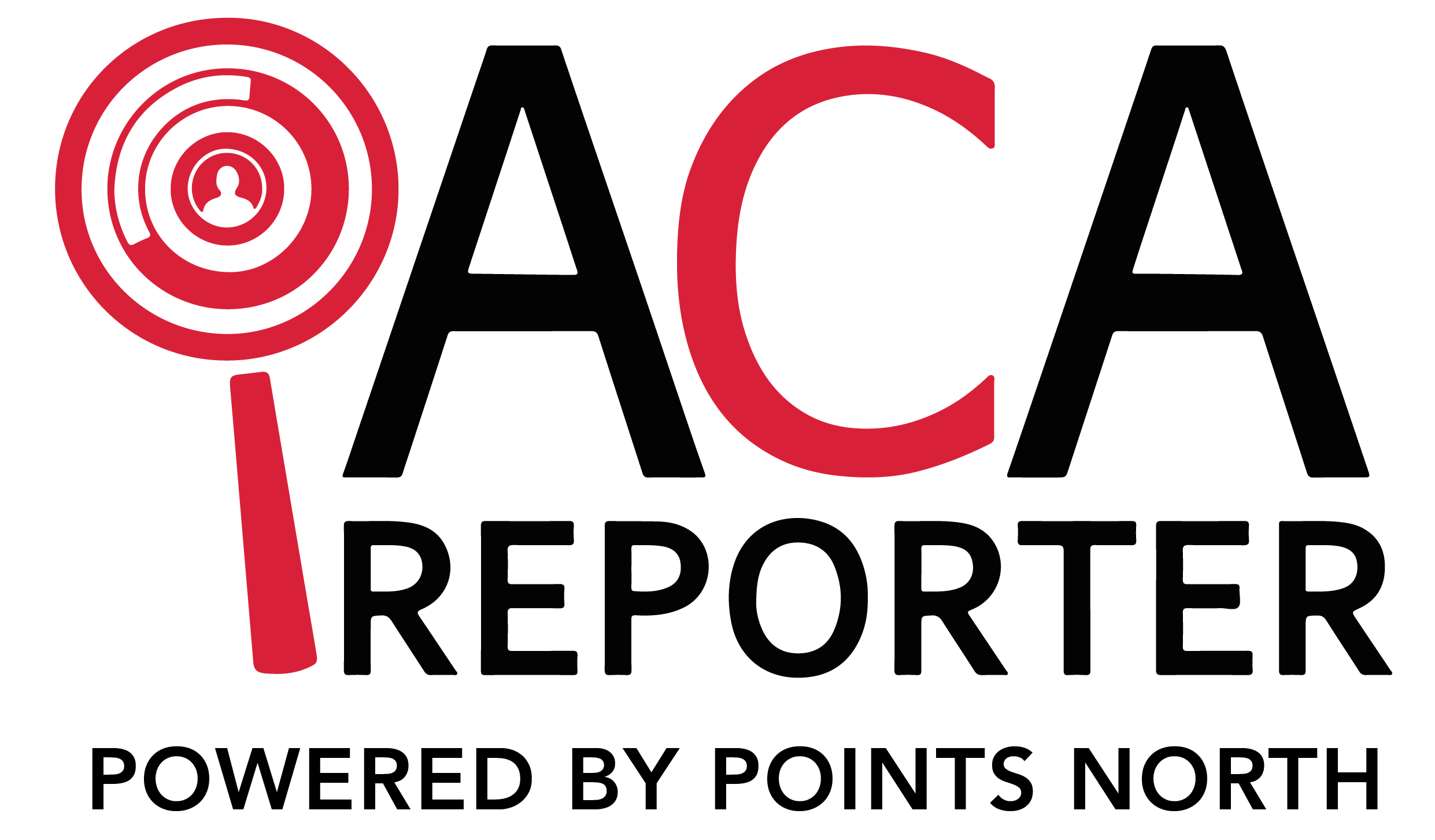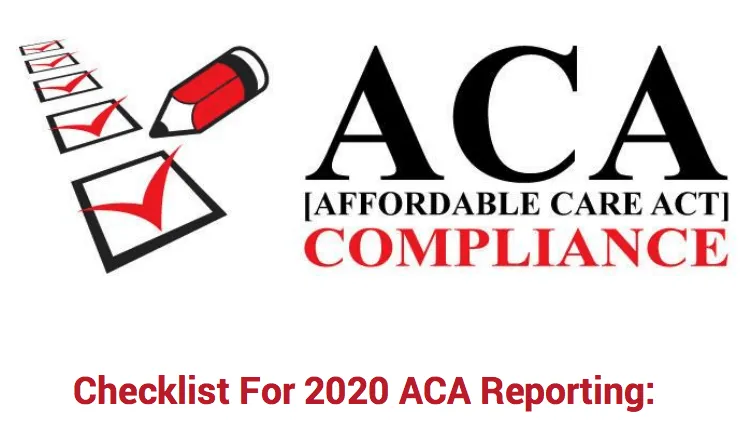Every year the IRS publishes their final forms and information about ACA reporting updates and next year’s reporting on the health care coverage.
All employers who are subject to the Affordable Care Act (ACA) will have to distribute reporting forms to their employees and then file with the IRS in early 2020.
Below are the forms you’ll be required to file to the IRS:
- Form 1095-B, Health Coverage.
- Transmittal Form 1094-B to accompany Form 1095-B.
- Instructions for Forms 1094-B and 1095-B.
- Form 1095-C, Employer-Provided Health Insurance Offer and Coverage.
- Transmittal Form 1094-C to accompany Form 1095-C.
- Instructions for Forms 1094-C and 1095-C.
This year there are no major changes to the ACA forms from 2019. But these forms are very complex and we recommend having software like ACA Reporter to help you file these forms correctly to ensure you’re on top of their data.
We will help you focus on being accurate, timely and gathering all of the required data for your ACA Reporting next year.
Records You Should Keep Track Of
Make sure to be tracking all of these records to make your ACA Reporting filing process easier. Start keeping track of every employee’s hours. For every hour that an employee is available to you the employer and paid time on the job include:
- Jury duty
- Military deployment
- FMLA absence
- Leave of absence
- Vacation
- Holiday
- Illness
- Incapacity
- Layoff
Checklist For 2020 ACA Reporting:
- Determine ALE status for current year based on prior year’s data.
- Check to report obligations for ALEs the self-insured group health plans, ALEs
- that offer fully insured group health plans and non-ALEs that self-insured group
- health plans.
- Determine the electronic filing status.
- Evaluate whether proper data collection is in place to meet reporting
- requirements.
- Review the instructions for the forms that must be completed for changes from
- prior years.
- Make sure Social Security number request obligations are being fulfilled.
- Have a plan for timely form completion for employee statements.
- Issue employee statements to employees on or before the IRS deadline.
- Submit required paper forms to IRS on or before the IRS deadline.
- Submit required electronic forms to IRS on or before the IRS deadline.
Year-End Tasks
Towards the end of every year, you as the employer must produce a 1095-C tax form for all of your full-time employees. This should show whether they are offered health insurance and what the cost and quality is. By keeping monthly tracking records you’ll see how useful it is to have a breakdown for each employee.
This is a must for every ACA-affected employer, even if you have chosen to provide coverage to your employees at no cost or by paying per job (freelance).
Additionally, you’ll need to file all copies of your employee forms with the IRS by using their 1094-C transmittal forms. Make sure to pay special attention to the IRS requirement for electronic filing if you have over 250 or more 1095-C submissions.
Not Filing Penalties
You have until January 31, 2020, to distribute the form 1095-C to your staff members. You’ll also need to file copies of each form 1095-C with the IRS by February 28, 2021.
If you fail to do so it will result in large penalties from the IRS. If you submit late or even incomplete forms you’ll be subject to fees of $250 for each form or up to $3 million for the year. If you fail to fine at all it will cost up to $500 perform.
By using a company like ACA Reporter we’ll help you stay on top of these forms and the deadlines. We offer ACA Reporting webinars and other resources to help you save time and avoid penalties. It’s very important to also have an accounting team that understands these forms and can help you comply with all ACA Filing requirements.
ACA Filing
Sections 6056 & 6055 of IRC
How about we start towards the beginning. You may have heard ACA detailing terms "6055" and "6056." A famous sentence our masters hear is, "When must I present the structure 6056?" It is imperative to note, in any case, that 6055 and 6056 are not the names of genuine IRS structures, yet the names of the areas of the Internal Revenue Code (IRC) illustrating the particular necessities for medical coverage suppliers and businesses to screen consistency with all material, social insurance law arrangements. The IRS has created specific techniques to be utilized by bosses to report the information.
Section 6055 of IRC
IRC Section 6055 needs providers of least indispensable inclusion to report certain inclusion information on a yearly premise, paying little respect to gather size. Least fundamental inclusion is depicted as qualified manager supported inclusion for business detailing reasons. In any case, it is fundamental to take note of that business who give inclusion through a completely safeguarded understanding won't be expected to report under Section 6055 as a social insurance supplier. In these cases, inclusion will be accounted for by the medical coverage guarantor or transporter.
Section 6056 of IRC
IRC Section 6056 needs applicable huge businesses (LEAs), characterized as those with at least 50 full-time or identical full-time staff, to give, on a yearly premise, certain wellbeing inclusion information that the business has or has not given to every one of its full-time staff.
A simple method to consider the contrast somewhere in the range of 1094 and 1095 structures is to relate them to the W-3 and W-2 structures that you round out every year, wherein the 1094 structure resembles the W-3 – it's a rundown spreadsheet of all the data, and the 1095 structure resembles the W-2 – it's a point by point structure about every individual secured.
What you can do next
Most associations are essentially unfit to catch this data promptly and create the required reports. You can rely on ACA Reporter to ensure these documents get filed on time and accurate. Please contact us if you have any queries or schedule a meeting for discussing a possible partnership. We are hoping to hear from you soon!



.png)

.png)